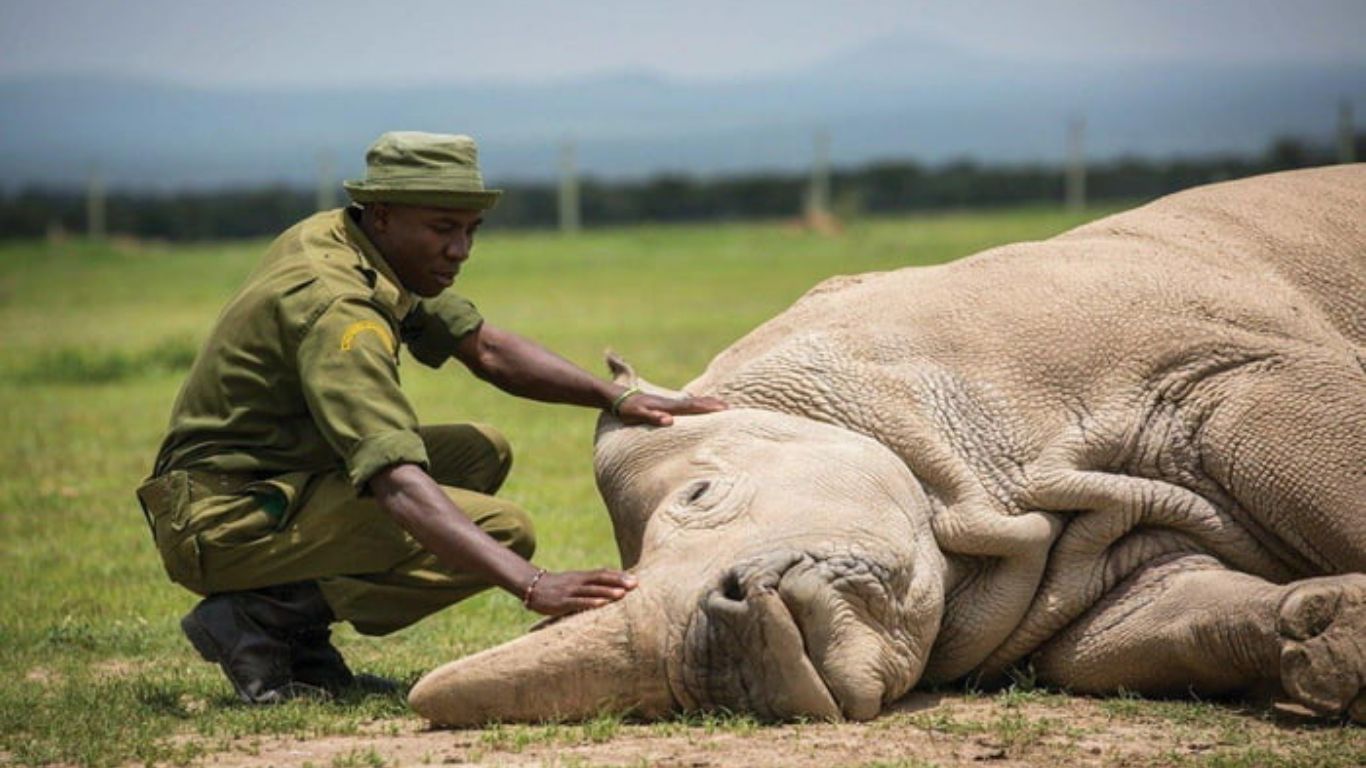Imagine a monster in distant space, unseen but massively large, traveling in every direction and devouring those stars that wander out of place. Far from being fiction, it is a real discovery by Nasa’s Hubble Space Telescope. The million-sun-mass supermassive black hole called “Space Jaws” has been observed tearing apart and consuming a 600-million light-years-distant star. The record-breaking event has revealed an incredible traveling black hole that defies what we know about these elusive cosmic monsters.
What is a Tidal Disruption Event?
A tidal disruption event (TDE) happens when a star strays close to a black hole and is torn apart by its intense gravity. The pressure stretches and squeezes the star through spaghettification until it is torn into threads of gas. The matter spirals in towards the black hole, heating and creating a bright flash of radiation, detectable by telescopes. In that, TDE AT2024tvd was not just seen by the Hubble Space Telescope but also by NASA’s Chandra X-Ray Observatory, New Mexico Radio Astronomy Observatory’s Very Large Array, and by Palomar Observatory of Caltech. The multi-telescope detection provided a close-up of the event, and it unveiled its unusual nature.
The Wandering Black Hole
Supermassive black holes are massive objects weighing from a million to a billion suns and normally sit in the center of galaxies. That is not what is happening in “Space Jaws,” though. A thousand light-years from its parent galaxy center, this black hole is a wanderer and not in the center of its parent galaxy. The parent galaxy also contains a second supermassive black hole in its center weighing around 100 million suns. The two black holes are separated by about 2,600 light-years—light-years being a measurement for light going one year in vacuum, some 5.88 trillion miles—and are not gravitationally bound as a system. This isolation and wanderings of a smaller black hole make this finding particularly rare in the number of around 100 TDEs that have been identified so far.
Implication for Astronomy
Detection of such rogue black hole is astrophysical achievement.
Theorists have long been speculating that we would have a population of supermassive black holes outside of galaxy centers but are now able to go out in search of them using TDEs,” University of California, Berkeley Professor Ryan Chornock explained. The discovery confirms these elusive objects do exist and provides opportunities for discovery for additional rogue black holes. “AT2024tvd is the first offset TDE discovered by optical sky surveys and demonstrates the full capability to unveil this elusive population of rogue black holes by future sky surveys,” UC Berkeley astrophysicist Yuhan Yao explained. Through studying these events, scientists hope to learn even more about black hole populations and how they form galaxies. ## The Possible Origin of the Rogue Black Hole
What went wrong in “Space Jaws”? Scientists have two theories of interest
- Triple Black Hole Interaction: The galactic center may have had three supermassive black holes in it in the first place. Their mutual gravitational interaction may have ejected the smallest one to its wandering existence while remaining gravitationally attached to the center of the galaxy in a loose orbit.
- Galaxy Merger: The black hole may have been from a smaller galaxy which had merged into the current host galaxy just a billion years ago. The black hole may have been ejected from the center during the merger.
While Hubble photos do show no conclusive proof of a prior collision of galaxies, having two super massive black holes in one galaxy is strongly indicative that some type of collision must have occurred in distant times past.
We already know for a fact that mergers in galaxies trigger TDE rates, but since AT2024tvd has a second black hole in its host galaxy, it is certain that some time in the past an impact had occurred, according to UC Berkeley astronomer Erica Hammerstein.
Future Research
This finding is just the start of a new era of astronomy.
Yao went on, “Until today, theorists haven’t been closely monitoring for offset TDEs. I expect that this finding will prompt scientists to seek out additional instances of such an event.” Now that astronomers know what to look for, they go out of their way to seek out additional offset TDEs in hopes of tracking the distribution of rogue black holes throughout the universe. Tracking these roving monsters might give scientists clues about processes of galaxy evolution, as well as about the processes by which black holes shape the cosmic landscape. Far in the future, “Space Jaws” might spiral back into its larger parent black hole in a merger that would teach scientists even more about these mysterious events. This rogue supermassive black hole devouring a star is an astrophysical breakthrough. With researchers continuing to advance in an effort to examine AT2024tvd and seek out such events, we are on the cusp of understanding more about those massive forces that shape the universe. This 600-million light-years distant space predator inspires one to ponder in awe about the grandeur of the universe and about yet unknown secrets.




